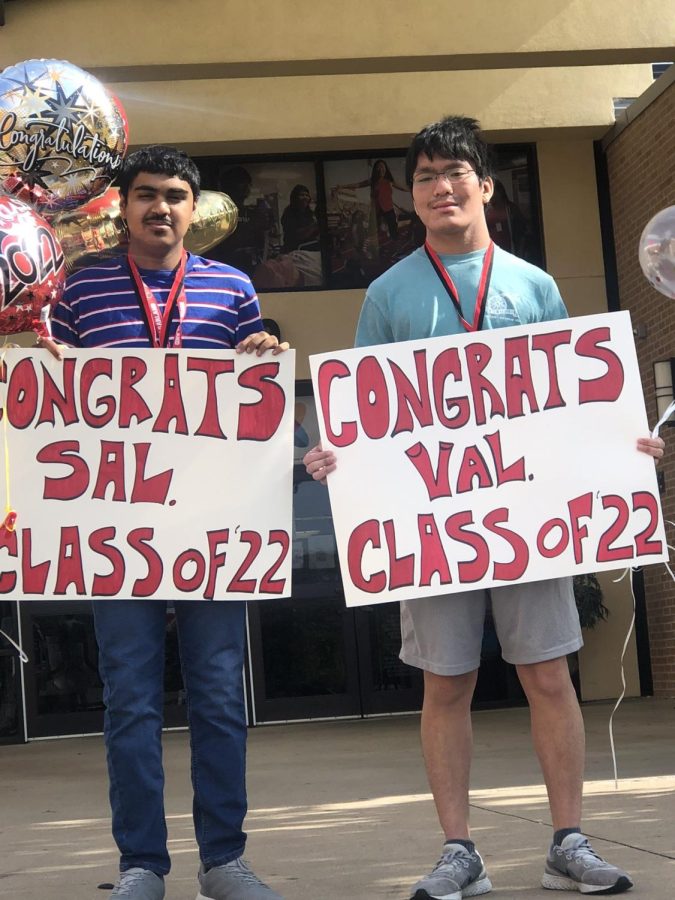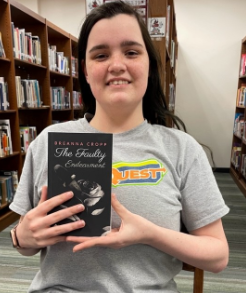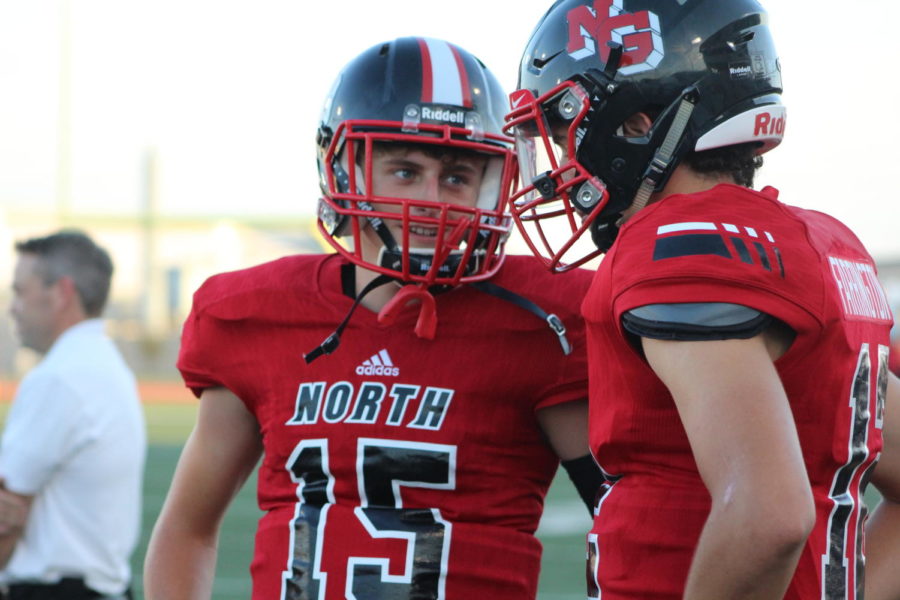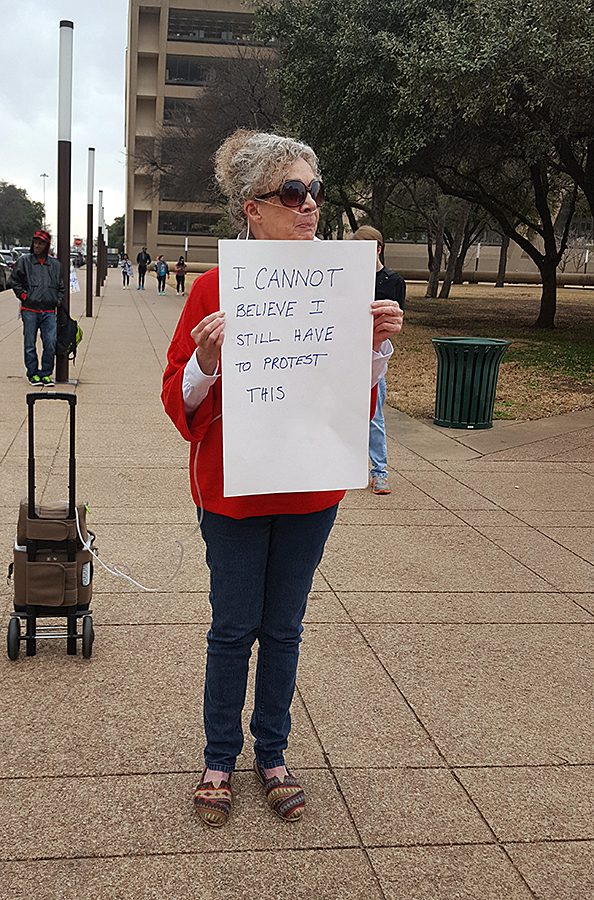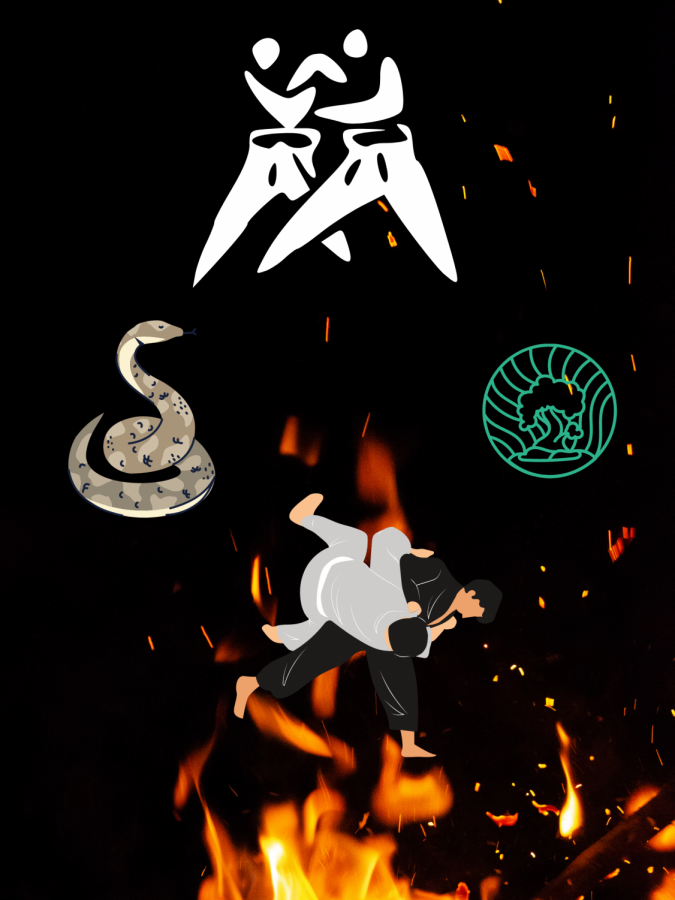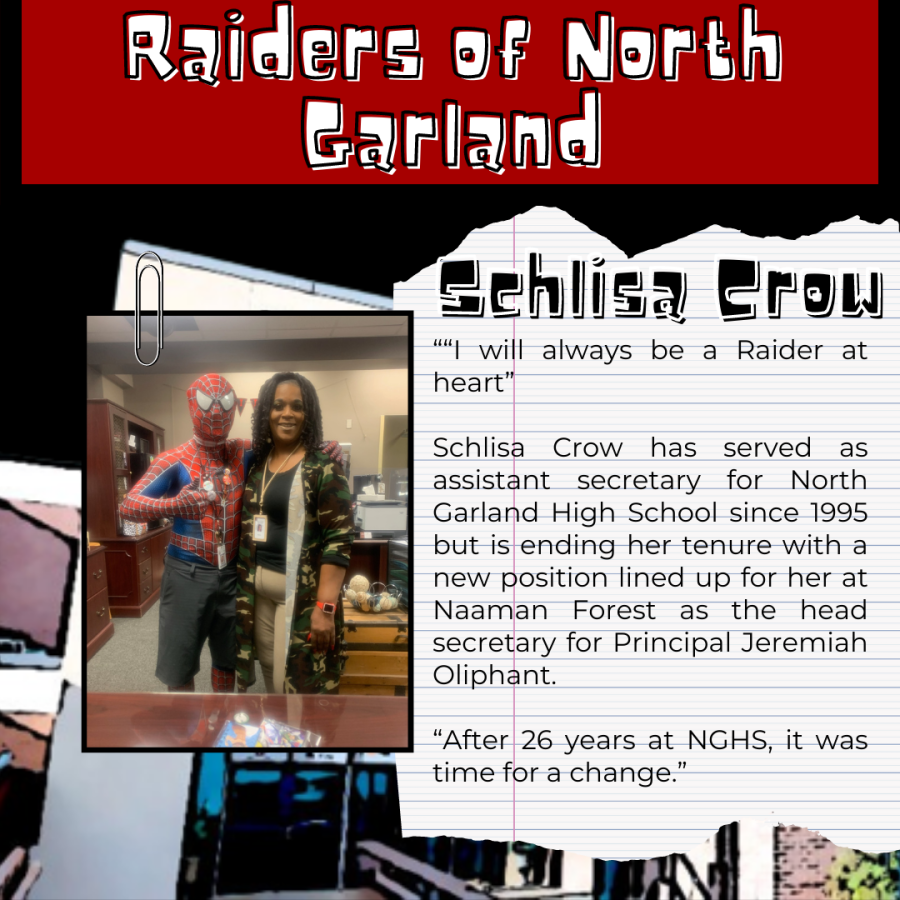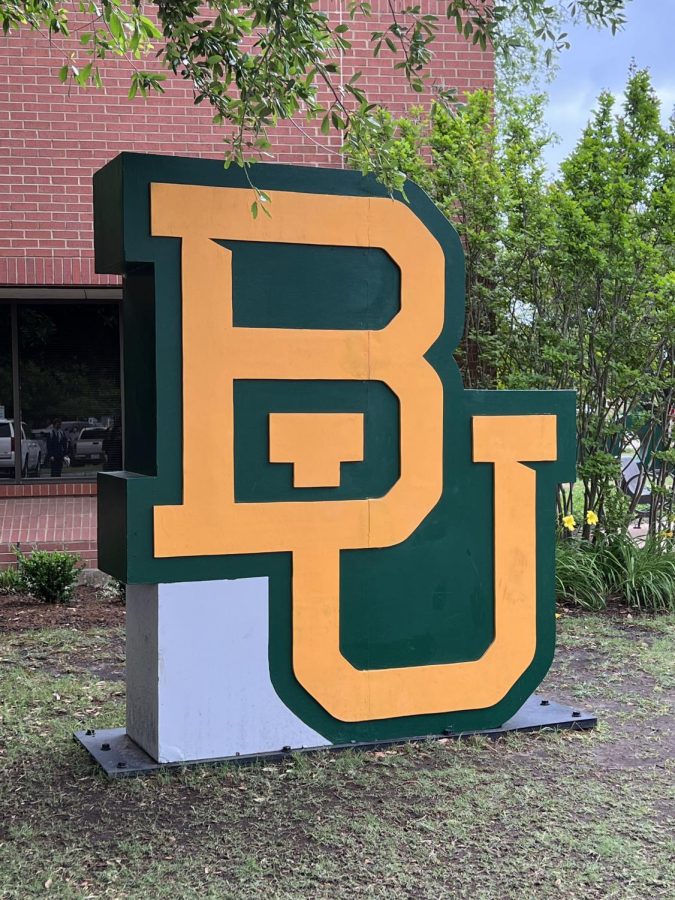By the end of the school year, Clinicals teacher Kevin Hunter’s current Pathophysiology class will be the first to complete a book of case studies. The samples will be published on iBooks Author.
“I love case studies a lot, because case studies are the closest you can get to reality without actually interacting with the patient,” Hunter said. “In your case, as a student, you actually have to use more critical thinking to show me the knowledge you have to develop the story and the questions that go along with the story. You prove to me exactly how much you know about the subject and at the same time, you get to share your information with other people as well when you create this book.”
There are a total of 28 authors of the book. Each student is responsible for creating four case studies per chapter. There are 21 chapters to the textbook. While the class is more than half-way done with the content of the book, Hunter says he is responsible for getting everything into iBooks Author to publish it.
“I’m going through the actual material, trying to get it into a cohesive, normal type of format where everything has the same flow to it, so every chapter looks the same as the last chapter,” Hunter said. “Even though we have 28 authors of this book, it needs to look like one person did it.”
According to Hunter, there will be a larger number of students participating in the Clinical Rotations program than the number of rotation sites in the next few years. Instead of having students shadow professionals at a certain site for four times, they will be limited to visiting the site two times. This will give them the opportunity to stay in the classrooms to solve case studies, as well as create their own.
“I think they are going to use the case studies [my students] make as an example for that unit they would have been in,” Hunter said. “[They will understand] the type of patients they would have been dealing with, so you’re going to augment their learning. So you’re actually creating learning that people will use five years from now when you make this case studies book.”
Hunter says the idea of creating a book of case studies originated after his former students complained to him about the struggles they face in developing case studies in college. As a result, Hunter decided to incorporate the formulation of case studies into the curriculum.
“People don’t like word problems,” Hunter said. “And a case study is basically just another form of a word problem. How do you take the information out of it and utilize the information to develop the differential diagnoses? [Deriving] data from a case study [is] like riding a bike. The more you look at a case study, the easier it becomes to understand how the information is there for you to be able to determine what’s wrong with the patient. It’s a summative process that gives you the one answer that [the disease] could possibly be.”
Hunter has been amazed with how his class has risen to the task of completing a book of case studies. He is also impressed with how the content of the case studies has improved over time.
“I’m really proud of this class for their effort involving this, especially for being my guinea pigs in this test,” Hunter said. “[My students] have been awesome test subjects and have made me extremely proud. This is a high level book in the end. I think that many people won’t realize that high school students actually wrote this.”
Class becomes first to publish book of medical case studies
May 28, 2013
Story continues below advertisement

